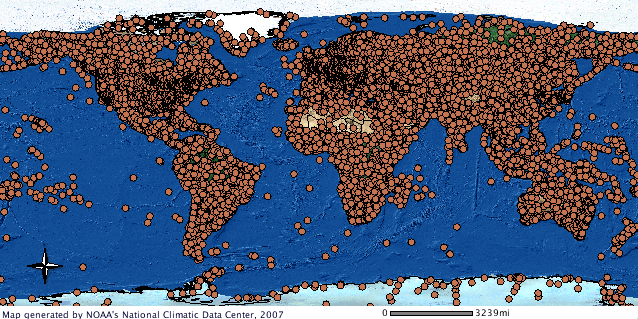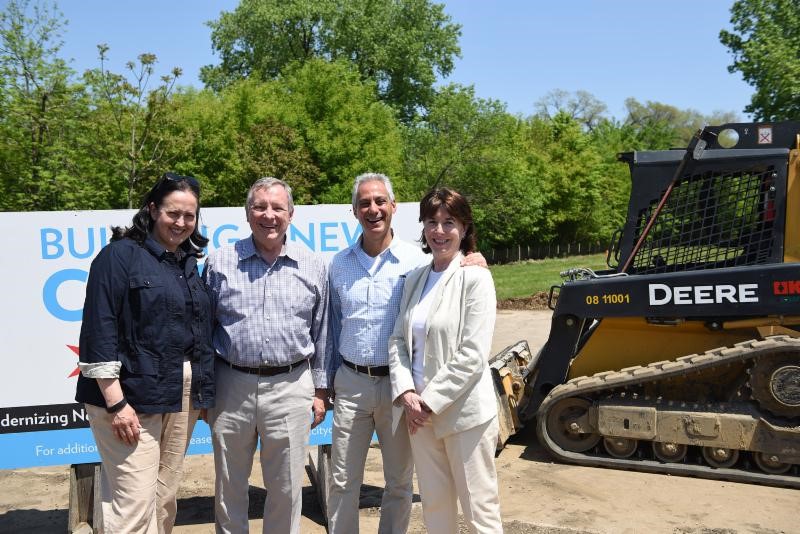Waterway cleanup and restoration projects can have benefits that are difficult to quantify. This sometimes leads governments and regulatory agencies to struggle to make a strong financial case for these projects. Project planners must balance economic benefits of improving water quality with how much residents are willing to pay. Put another way, they must determine how much higher property values, more extensive recreational opportunities, and greater resilience against flooding are worth over time as reflected in higher water bills today.
This need is perhaps greatest for rivers running through cities, which are uniquely sensitive to “urban stream syndrome” — rapid deterioration in response to urbanization and economic development. As approximately 80% of the U.S. population and rising now lives in cities, buy-in from residents near urban streams is often a make-or-break factor in fundraising for restoration projects.
A recent study published in the Proceedings of the National Academy of Sciences proposes a new methodology to help quantify the financial value that locals attach to water quality improvements in urban streams. The study, supported by a U.S. Environmental Protection Agency (EPA) grant, aims to provide new tools to help governments and regulators of all sizes and scopes make better-informed decisions about the restoration projects they propose.
“Urban streams are ubiquitous and face a number of stressors from rapid economic development,” said study co-author Roger von Haefen, North Carolina State University (Raleigh) Professor of Agricultural Economics, in a release. “But there have not been well-established tools to help agencies assess the benefits of regulations aimed at improving the water quality of these streams.”
Translating Data Into Visible Outcomes
The research team focused on the Piedmont Region to prove and refine their new approach. This region stretches approximately 171,000 km2 (66,000 mi2) between Maryland and Alabama. The Piedmont Region contains roughly 16,000 km (10,000 mi) of urban streams. Several Piedmont cities — most notably in North Carolina — are amid historic booms in population and rapid urbanization, causing new stressors on nearby streams.
One example is the Upper Neuse River Basin, which contains the cities of Raleigh and Durham. This region is projected to nearly double in population within the next few decades.

Considering the unique hydrological and socioeconomic conditions of the Upper Neuse River Basin and its residents, the researchers developed a three-part approach to gauge residents’ willingness to pay for different stream-restoration scenarios.
First, researchers compiled a robust set of water quality monitoring data from urban streams across the basin to capture a snapshot of their current quality. They input this data into a computer model that then calculated six water quality indicators for each stream: biodiversity, fecal coliform contents, specific conductance, total nitrogen, total phosphorus, and turbidity.
Recognizing that the average water customer will require more context to understand the meaning of these indicators, the second step saw the researchers consult with various environmental and public health experts familiar with the Piedmont Region to translate raw numbers into visible, easily understandable benefits. This translation effort followed strict procedural controls and quality control standards. It tied hypothetical improvements for each water quality indicator to observable outcomes. For example, a restoration project that would lower a stream’s fecal coliform, nitrogen, and phosphorus contents by specific thresholds could change the stream’s risks to human health from “medium” to “low”, while a project targeting turbidity could reduce the annual number of murky water days in the stream by a proportionate number.
Lastly, the researchers used these translations to conduct a voluntary, online survey of more than 2,500 households served by streams in the Upper Neuse River Basin. The survey proposed four hypothetical stream restoration projects, each promising observable changes in the condition of the stream ecosystem, risks to human health, and/or the annual number of murky days each stream would experience. Scenarios prescribed a range of different cleanup tactics or combinations thereof, such as increasing canopy cover along stream banks, introducing stormwater runoff source-control features, or repairing leak-prone collection systems. Each scenario entailed some degree of increase in monthly water bills via a new stormwater fee. Mimicking a referendum on whether to proceed with each hypothetical restoration project, respondents could choose to either approve or decline each scenario.
Financial Insights at All Scales
Working from survey results, the researchers gained several insights into specific outcomes from stream restoration projects that locals prioritize and desire.
Most notably, the study describes, residents expressed far more interest in the health and safety of local streams (measured in biodiversity and risks to human health) than in their aesthetic value (the stream’s annual number of murky days). More than 85% of respondents ranked the water’s visual clarity as their least important concern, with stream health and human health roughly tied for their most important concern.
Answers for each scenario shed light on the types of projects residents would be most likely to support. For example, the most commonly approved proposal would increase tree cover along stream banks by 25% while also substantially decreasing runoff from nearby streets and parking lots. On average, each household was willing to pay $127 per year for such a project — approximately $54 million annually when aggregated according to the region’s rate-paying population.
Von Haefen described that although the hydrological and socioeconomic data underpinning this study were tailored narrowly to the Piedmont Region, a similar methodology could suit this type of analysis elsewhere. The authors expressed hope that their procedure will help guide decision-making at all levels, from small cities trying to implement cost-effective projects to federal regulators attempting to create more impactful water quality policies.
“We’ve shown that this approach can work, and it is designed for use in urban areas throughout the Piedmont Region,” von Haefen said. “Currently, EPA has limited tools to assess the benefits associated with environmental regulations that affect urban streams. We’re optimistic that federal and state agencies can use this framework to better capture those benefits and make more informed regulatory decisions.”
Read the full study, “Estimating the Benefits of Stream Water Quality Improvements in Urbanizing Watersheds: An Ecological Production Function Approach,” in the Proceedings of the National Academy of Sciences.
Top image courtesy of pakawoot/Pixabay

ABOUT THE AUTHOR
Justin Jacques is editor of Stormwater Report and a staff member of the Water Environment Federation (WEF). In addition to writing for WEF’s online publications, he also contributes to Water Environment & Technology magazine. Contact him at jjacques@wef.org.







